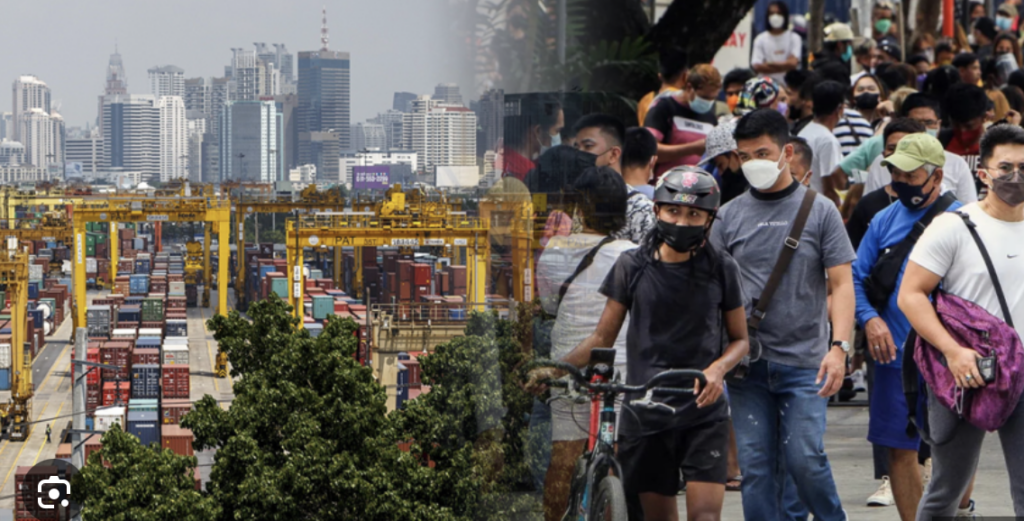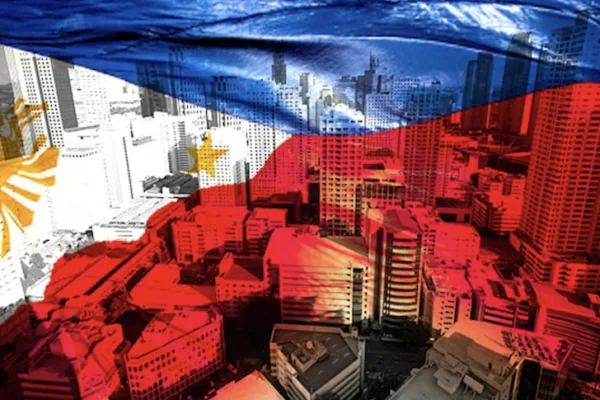The Philippines’ Balance of Payments (BOP) is projected to register a deficit of approximately 1 percent of GDP in 2025 and 2026, according to the latest forecasts from the Bangko Sentral ng Pilipinas (BSP) as of June 2025.
This BOP outlook signals a period of continued external challenges, driven by a persistent current account shortfall and moderated financial flows.

While the domestic economy remains robust, buoyed by steady growth, low inflation, and ongoing structural reforms, these gains are being tempered by a complex global landscape. The country continues to navigate global trade uncertainty, heightened geopolitical risks, and subdued investor confidence, which are directly impacting key financial accounts.
The current BOP account is expected to remain in a deficit, signaling a gap in savings over investment. This shortfall, projected to reach around US16.3 billion in 2025 and US13.6 billion in 2026, means the country will continue to rely on external financing to support its infrastructure-led, investment-driven growth agenda.
A mixed BOP picture: Challenges in goods, strengths in services

Goods exports are facing significant headwinds, with their value forecast at US54.5 billion in 2025 and US55.6 billion in 2026. This moderation is attributed to global trade uncertainty, lagging competitiveness, and ongoing constraints within the crucial semiconductor industry.
While trade diversion offers new avenues, logistical inefficiencies and local workforce limitations continue to pose significant barriers. In contrast, imports are projected to grow to US125.0 billion and US127.5 billion in the coming years, supported by stable domestic demand and robust infrastructure spending, though tempered by declining global commodity prices.
Despite these challenges in goods trade, the services sector remains a crucial pillar of resilience. Outsourcing revenues are expected to hold steady, with projections of US33.5 billion in 2025 and US35.2 billion in 2026, supported by stable demand for contact center services.
However, this sector faces uncertainties from U.S. job reshoring initiatives and local talent shortages. Similarly, tourism receipts are bolstered by recent airport infrastructure improvements, but intensifying competition from other regional destinations and rising transport costs could temper the pace of BOP recovery.
Remittances and reforms provide key buffers

A critical buffer against the trade deficit comes from steady remittance flows. The BSP forecasts cash remittances to reach a resilient US35.5 billion in 2025 and US36.5 billion in 2026. This stability is driven by strong labor demand for Filipino workers in key sectors globally, as well as the needs of aging populations in host countries.
Innovations in digital payments and the Philippines’ recent removal from the Financial Action Task Force grey list have also helped to reduce transfer costs, though the rise of protectionist policies in some host countries presents an emerging risk.
Foreign investment inflows, while remaining positive, are subdued as policy uncertainty and the global slowdown weigh on investor sentiment. The government’s push for accelerated infrastructure development and investment-enhancing reforms, including the CREATE MORE Act and the Capital Markets Efficiency Promotion Act, is expected to help attract long-term investment.
Amidst these external financial dynamics, the domestic price environment remains a key focus for the central bank. For June 2025, the BSP projects inflation to settle within a manageable range of 1.1 to 1.9 percent. Upward price pressures are likely to be driven by higher prices for meat and vegetables, elevated oil prices, and the depreciation of the peso.
These pressures, however, are expected to be partially offset by lower prices of rice, fish, and fruits, as well as lower electricity rates.
In its commitment to safeguarding price stability, the BSP emphasized it will continue to closely monitor external developments and risks. Despite the moderation in trade and investment flows, the country’s foreign exchange reserves are expected to remain ample, providing sufficient liquidity to cushion the economy against external headwinds and fulfilling the central bank’s objectives for price and financial stability.








